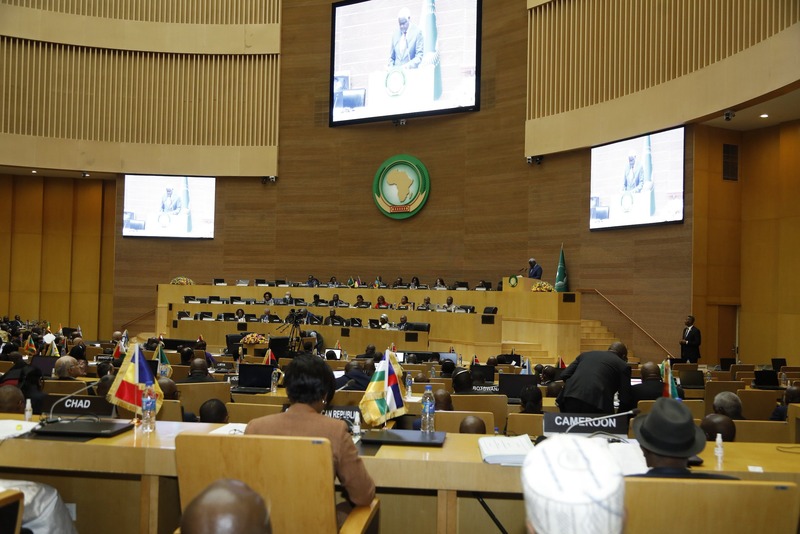World Bank cuts Kenya's 2024 growth estimate to 4.7 per cent on fiscal challenges

Kenya has managed to stabilise its foreign exchange rate, boost hard currency reserves held by the Central Bank and lower inflation this year.
The World Bank on Tuesday downgraded Kenya's economic growth estimate for this year to 4.7 per cent, from an initial 5.0 per cent, citing the impact of floods, anti-government protests and flailing fiscal consolidation efforts.
Kenya has managed to stabilise its foreign exchange rate, boost hard currency reserves held by the Central Bank and lower inflation this year, but it still faces a high risk of debt distress, the World Bank said in a new report.
More To Read
- Mombasa water project sparks outrage in Mwembe Tayari over job promises, disruptions
- Counties drain Sh15 billion in legal fees as key services suffer
- KeNHA revises Isiolo-Mandera road project, adds new features to enhance cross-border links
- Payment of pending bills breathes new life into construction, manufacturing sectors
- At least 22 dead in Angola amid protests over fuel price hike
- World Bank: Mobile money fuels 114 per cent surge in financial inclusion in Kenya
"Debt vulnerabilities including elevated debt servicing costs, accumulated pending bills, and missing revenue targets remain key challenges," the bank said in the Kenya Economic Update report, which is usually published twice a year.
Although the growth estimate for this year is lower than last year's rate of 5.6 per cent, it will still be higher than the sub-Saharan Africa average of 3.0 per cent, the bank said.
Fiscal challenges
Kenya's growth will, however, inch up to 5.1 per cent in the medium term, it said, if the government successfully deals with the fiscal challenges.
"Revenue shortfalls resulted in additional spending cuts, and rising financing needs resulted in increased domestic borrowing," the World Bank said.
Apart from the problems caused by a high debt load, the attendant servicing costs and flagging government revenues, the economy faces social unrest and financial risks, the report found.
Deadly protests in June forced President William Ruto to abandon tax hikes meant to raise more than $2 billion (344.3 billion) in additional revenue, which dampened investor sentiment.
The protests came hot on the heels of widespread flooding in April and May, which also caused disruptions.
Non-performing loans in the banking sector have also been growing, the report said, as borrowers struggle to service their loans amid high interest rates and a slowdown in economic activity.
The bank urged the government to tackle "structural imbalances" that "hinder Kenya's goal of sustained and inclusive growth" that creates higher quality jobs for the people.
Top Stories Today














































